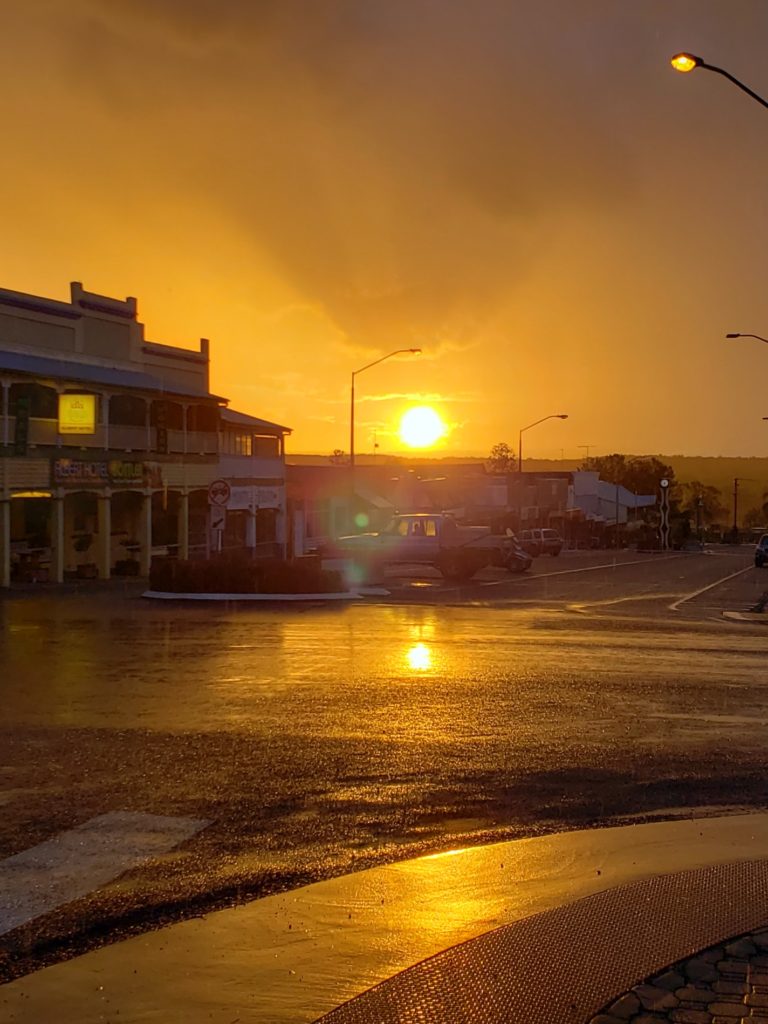
Rain is something that is often taken for granted until one day it’s nowhere to be found. The weather in Ohio is rainy at least a handful of days every month. Of course this prevalence of precipitation is largely due to living in close proximity to Lake Erie, an enormous body of water and one of the five Great Lakes. Because Ohio can be very warm, there is usually steady condensation and so a lot of lake water ends up in the atmosphere. This is why Northeast Ohio can be so humid at times. For the same reason there can be a lot of localized, ‘lake effect’ snow thanks to the physics of living next to a body of water which is sometimes warmer than the air moving over it. The point is if one lives near Cleveland, one is familiar with rain, snow, and hail.
But Australia was a different story.
2019 saw drought conditions prevailing across much of Queensland, as wells dried up and heat records were broken. Although drought is a regular feature here, the one parching the territory last year was notably bad. This makes things extremely difficult for farmers all around, but particularly for those who love their animals. No rain means no grass, and that means either having to truck in water and buy hay at exorbitant prices or helplessly watch your charges slowly grow more skeletal. It’s a heartache.
At one point the surroundings here appeared to be getting greener, but this turned out to be deceptive. What we were seeing was actually called a ‘green drought’. This occurs when the grass gets just enough rain and greens up, but not enough to actually enable the plants to grow. The hills and fields look vibrant, but the land is actually still in drought phase and the cattle still have almost nothing to eat. I’m sure it’s a good analogy for something.
But for as much as the occurrence of drought is common here, flooding is another frequent extreme at the opposite end of the spectrum. There were floods in 2013, 2015, and 2017 here in Monto, and they did heaps of damage to property, livestock, and livelihoods. This town is located in a flood plain, and although the town itself is a bit raised, the Craig property and others along Mill Road are highly susceptible to flooding if the worst happens. Monto sits in a crook between the Monal and Three Moon creeks. If there’s too much rain all at once, the catchments at higher elevation collect and funnel volumes of water into them all at once. In 2013, for example, the remains of Tropical Cyclone Oswald dumped an enormous amount of rain which promptly overran the creeks.
Another potential contributor is Cania Dam, which holds back huge volumes of water higher up the Three Moon Creek. In a sudden deluge it could certainly overflow and contribute to the problem, as happened in 2010 when water ran over the spillway. In a 2016 flood event, water rose to cover the base of the support pylons of the Craig home by a foot or more, even though the house itself suffered no damage sitting about seven feet off the ground. The bumbling neighbor was not so fortunate, however, losing several animals as a result of his carelessness and inaction. None of this was due to the dam, but rather to record rainfall.
Add annual bushfires to droughts and floods and you begin to understand why people here have a reputation for toughness. I had been in Australia for almost a week and a half and had yet to see a single drop of rain. But that changed back in November when a few drops on the windscreen became a much-needed downpour as we pulled into the driveway in Monto. It was a wonderful welcome.
Rain is often associated with melancholy feelings. In song this has been a popular theme with raindrops falling from eyes, stormy weather, and rainy days getting people down. Those with ‘Seasonal Affective Disorder’ (having the appropriate acronym SAD) tend to feel especially down when there is no sun to be had. Though the cause isn’t completely understood, it likely has to do with decreased melatonin and seratonin production as result of less exposure to sunlight during certain months or seasons. A cousin of mine was so affected by this phenomenon that he once tracked down the US city with the highest statistical number of sunny days each year, and then moved there. (I don’t know how on earth he survived living in Latvia for several years prior to that!)
I, on the other hand, have always felt uplifted and happy on rainy days. No idea why. One of my fondest memories was dating someone in 1995 and strolling around downtown Columbus with my umbrella open, a smile on my face, and Gene Kelly’s Singin’ in the Rain stuck in my head. There were many other ‘feel good’ days, but the rainy ones are those I recall most fondly.
Another nice rain experience had to do with my grandparents trailer, and I can still remember the sound of rain on the fiberglass roof. The house in Monto had a tin roof, and that made rainy days and nights extremely cozy.
The plants here find the rain an occasion for joy as well. During the drought, I had made attempts to water parts of the lawn in the hope of reviving the dead grass, but to no absolutely no avail. I was baffled. Sun plus water was supposed to equal green. But then we had a heavy thunder storm one night and by the next day the grass was immediately more verdant. It was later explained that the heat produced by lightning mixes with the oxygen and nitrogen in the air to produce a natural fertilizer in the form of nitrates that are carried to the ground by the falling rain. And there is plenty of lightning here with the rain. I suppose that’s the reason for the lyric ‘Can you hear the thunder’ in reference to Australia in the Men At Work song. The wet season here generally runs from October to April, and once the rains started regularly in December, the dead brown landscape became green, lush, and vibrant. It was an amazing transformation.
The animals also rejoice in their own way. After the rains returned, there was a sudden prevalence of cranes, pelicans, ibis, whistle ducks, and magpie geese, as one might expect; and though the cows and horses got drenched, the cool and refreshing wetness was a welcome respite to the summer heat. They sometimes even frolicked. For some reason the Corellas always went crazy whenever it rained or was about to. Their aerial feets were certainly impressive as was the fact that they would mass into one huge flying cloud consisting of hundreds of birds and never once run into each even while flying in extremely erratic patterns.
Adding to the cacophony of squawking birds, were the green tree frogs. At times they would be so loud they actually sounded as though they were inside the house. As it turns out, they very nearly were! They tended to climb the support beams under the house with their adhesive toe pads and perch just under the floor boards. I grew up with the sound of frogs at night and always found it pleasant and relaxing, but having them this loud and this close was just bizarre.
Overall, water is a precious resource here. When it comes to household supply, the prime sources are water bores. These are similar to wells, except they go deeper and can thus offer a more reliable supply of water during drought. As mentioned previously, Queensland has an enormous supply of water underground in the form of an aquifer thanks to the Great Artesian Basin. Whereas well water (free, but maintenance and care needed) and city water (no maintenance, must be paid for and chemicals are added) are the two sources of water back home, bores are prevalent in Monto. And thanks to the fact that there are no icy winters here, rain tanks are a free source of drinking water. City water can be ‘hard’ and water from a well can be fresh, but rain water is tasty, pure, and refreshing. I thought back to my mother buying cubes of bottled water, which had to be paid for, lugged home, and generated boatloads of waste, and now wondered why we never just got a rain barrel!
I remember an Old Farmer’s Almanac laying around the house when I was younger and also seeing them for purchase at places like Bob Evans and Cracker Barrel. For this reason I always imagined that the publication must have some time-honored, almost mystical accuracy. However when it comes to predicting rain, they have lately shown themselves to be nearly worthless. It is essentially the meteorological version of a horoscope. Far more reliable are the old farmers’ signs to watch for: low curling smoke instead of a tall billow in a camp fire, ants building higher hills, arthritis pain, low flying birds, kookaburras calling at midday, streaking cirrus clouds, and many others. These can almost unerringly indicate, to one taught to notice them, what the weather is about to do.
But weather these days has grown far more unpredictable than previously, and man-made problems have drastically affected the accuracy and reliability of extended meteorological prediction. Even for those aided by radar and satellite imagery, it’s sometimes very hit and miss. In Cleveland, for example, there’s a saying: “if you don’t like the weather, just wait five minutes”. But even the already unpredictable weather in Cleveland is becoming more erratic. While Queensland was dealing with drought in September, Northeast Ohio was experiencing record rainfall and flooding.
The fact is the climate is changing all over the Earth and this means unpredictability and trouble in many places. For instance, destructive floods have hit Japan, South Korea, Indonesia, and China on a massive scale this year, disrupting lives and sometimes claiming them. To quote an adjunct Professor at the Fenner School of Environment and Society at Australian National University:
“All weather is influenced by climate change. The climate system is warmer and moister than it was 50 years ago, and this influences the nature, impact and intensity of extreme weather events. All of the extreme weather events of the angry summer occurred in a climate system that has vastly more heat compared to 50 years ago. That means that they were all influenced to some extent by a climate that is fundamentally shifting”.
Scary stuff. But while this is a worrying trend, it’s really just another Biblical signal that a drastic and positive change is soon to come. Though a great storm is looming, the rain won’t last, and on the other side of that will be sunny days like we’ve never imagined! It’s certainly a good time to step back and take stock, nonetheless. In the meantime, thank goodness for little things like rain drops, cool breezes, sunny days, and rainbows.
Speaking of rainbows, from the day I arrived here I’ve been looking to have a moment with a prize-winning, spirit-lifting, photo-friendly rainbow. Unfortunately, they have thus far proven elusive. Why the obsession with rainbows, you ask? More on this in two months…
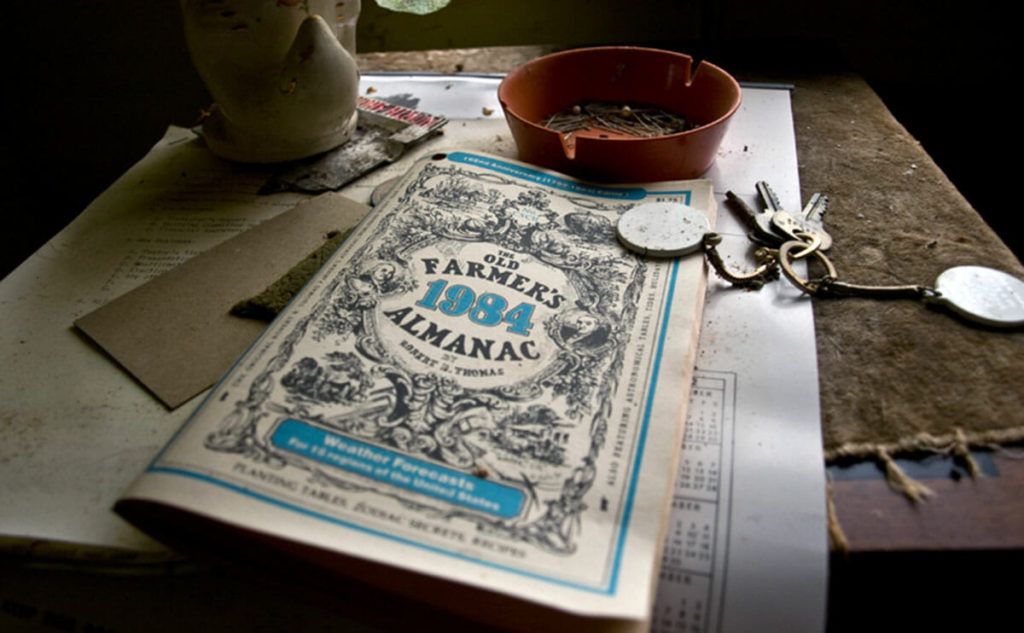
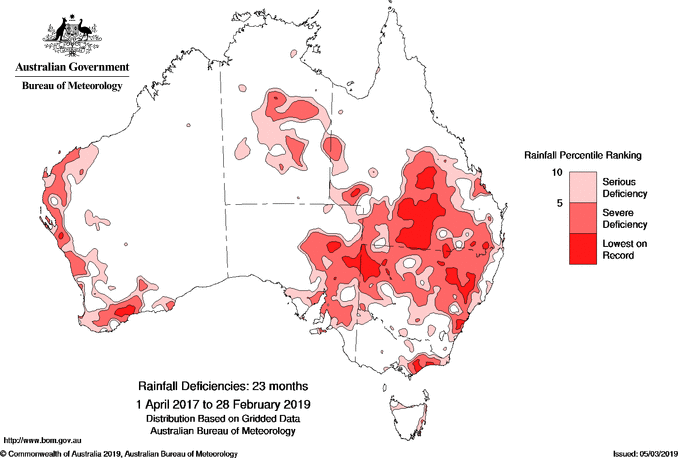
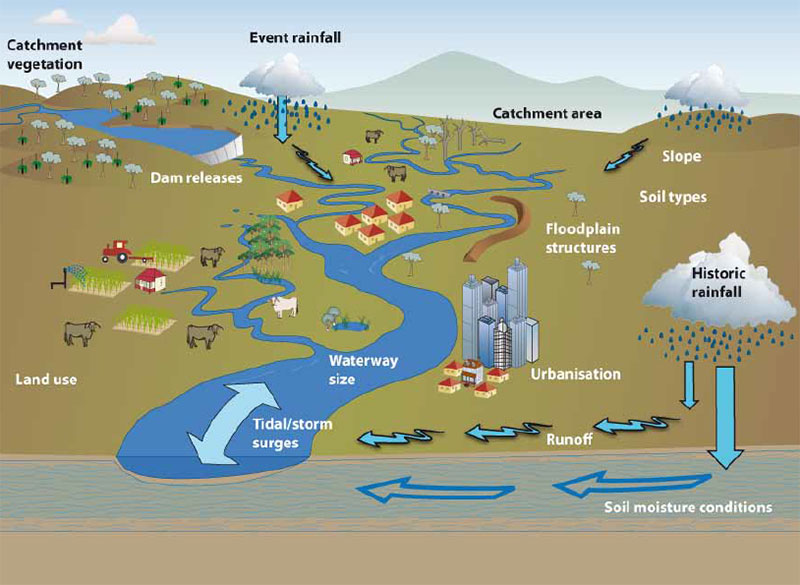

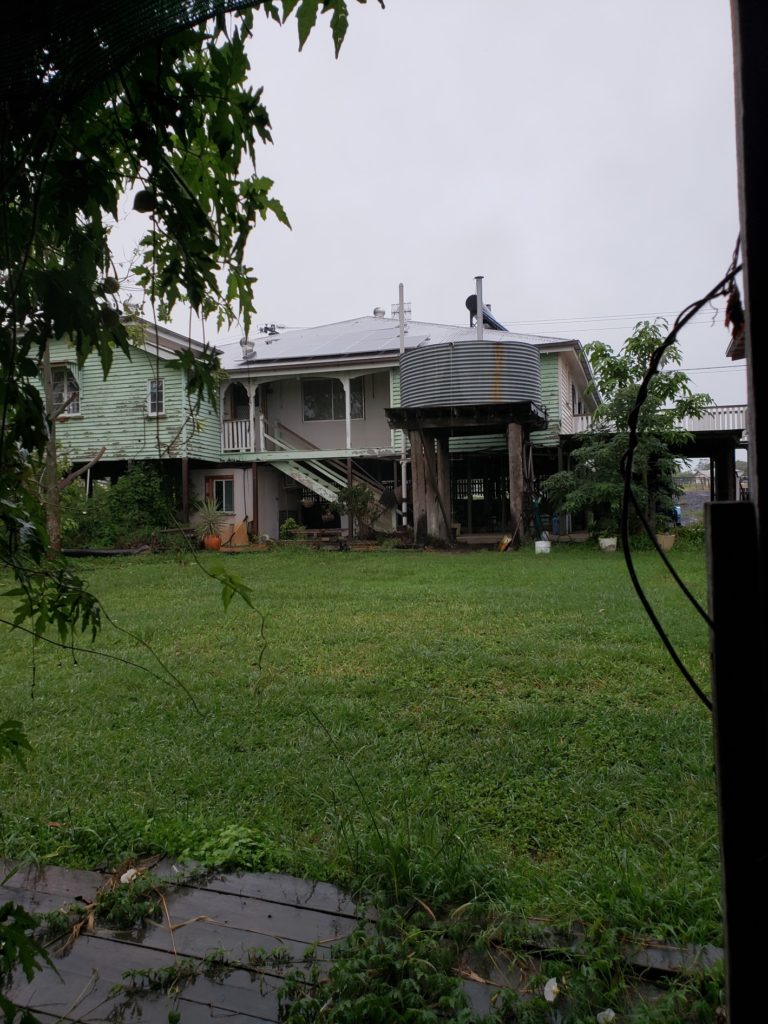

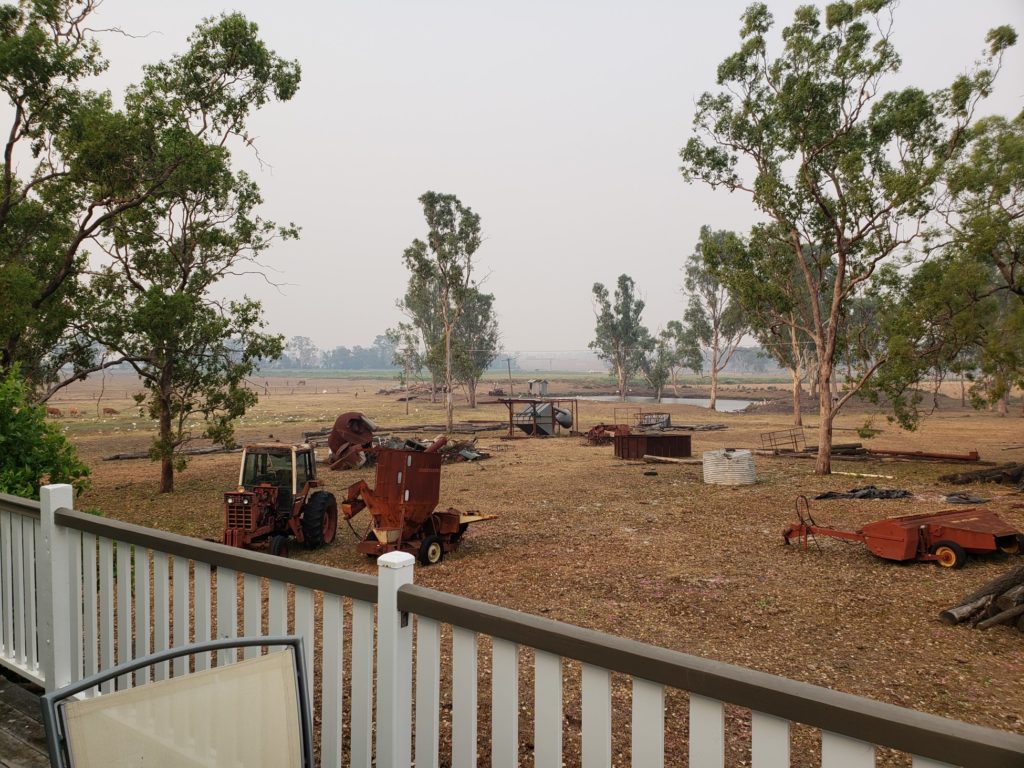

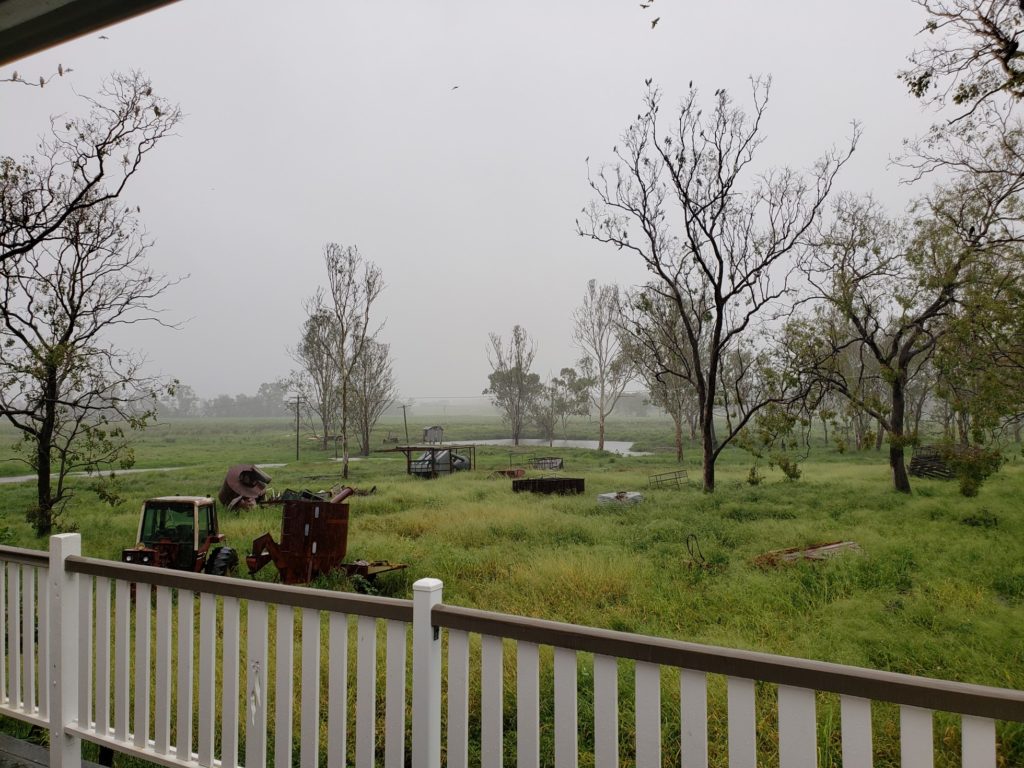
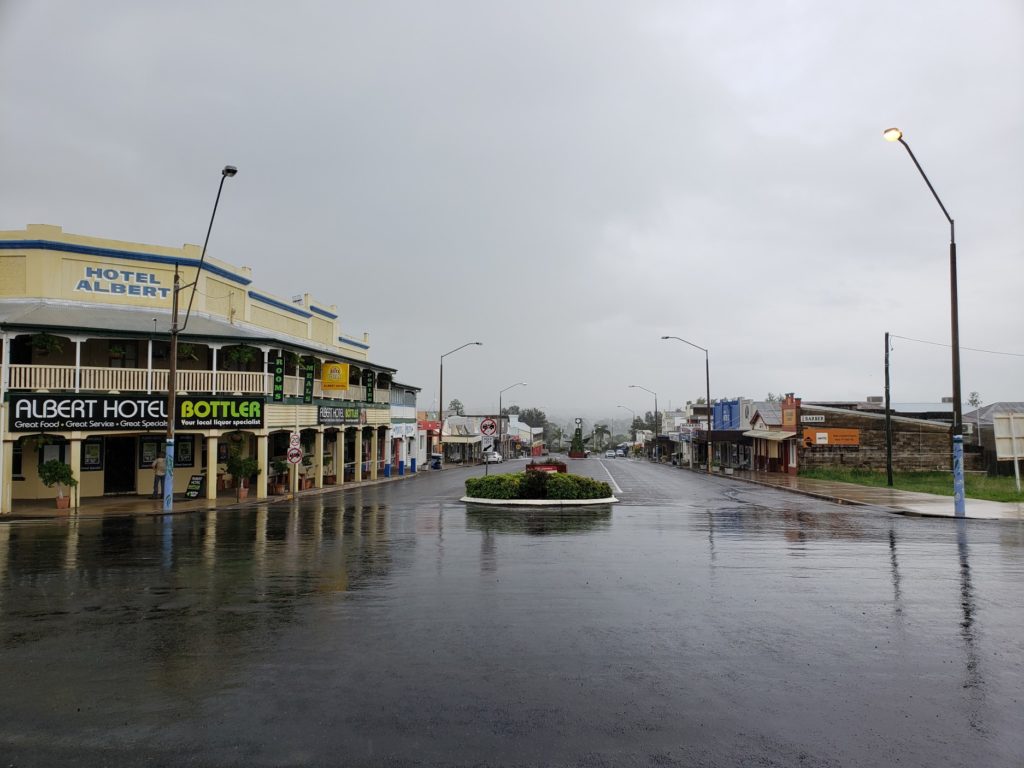

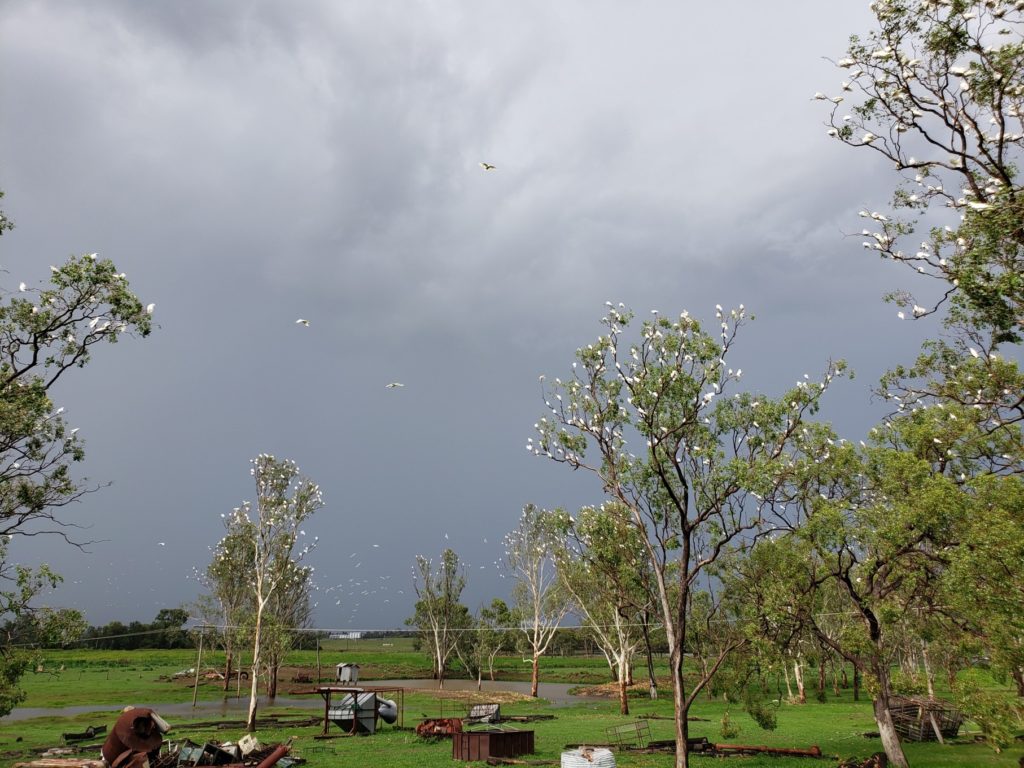

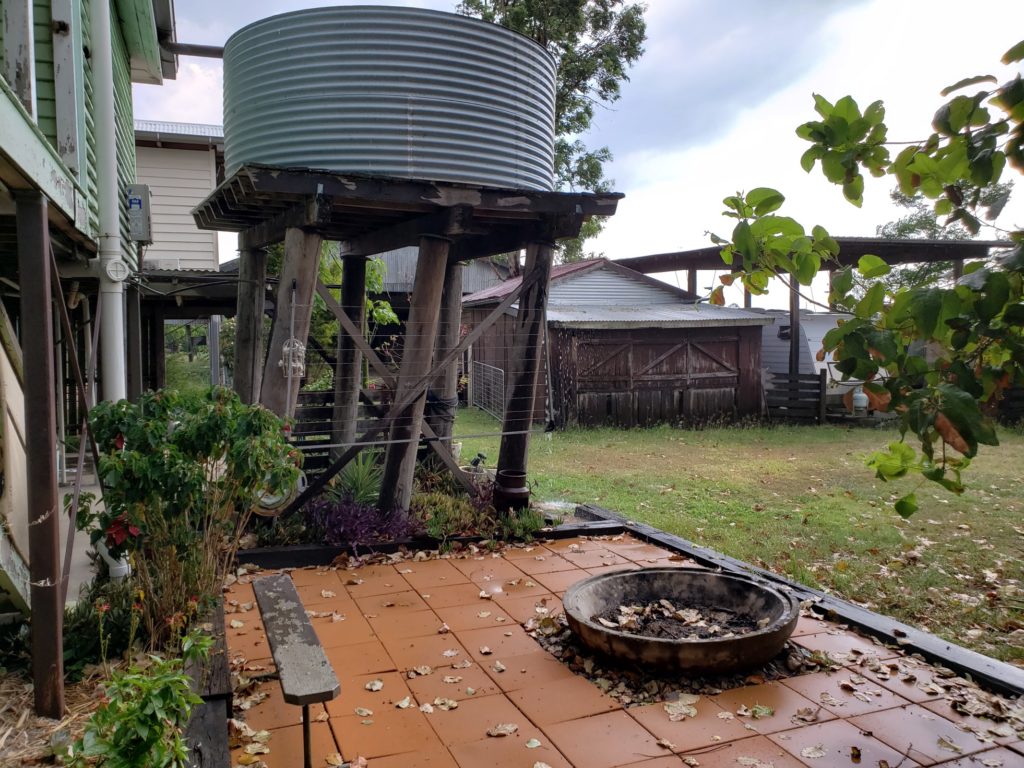
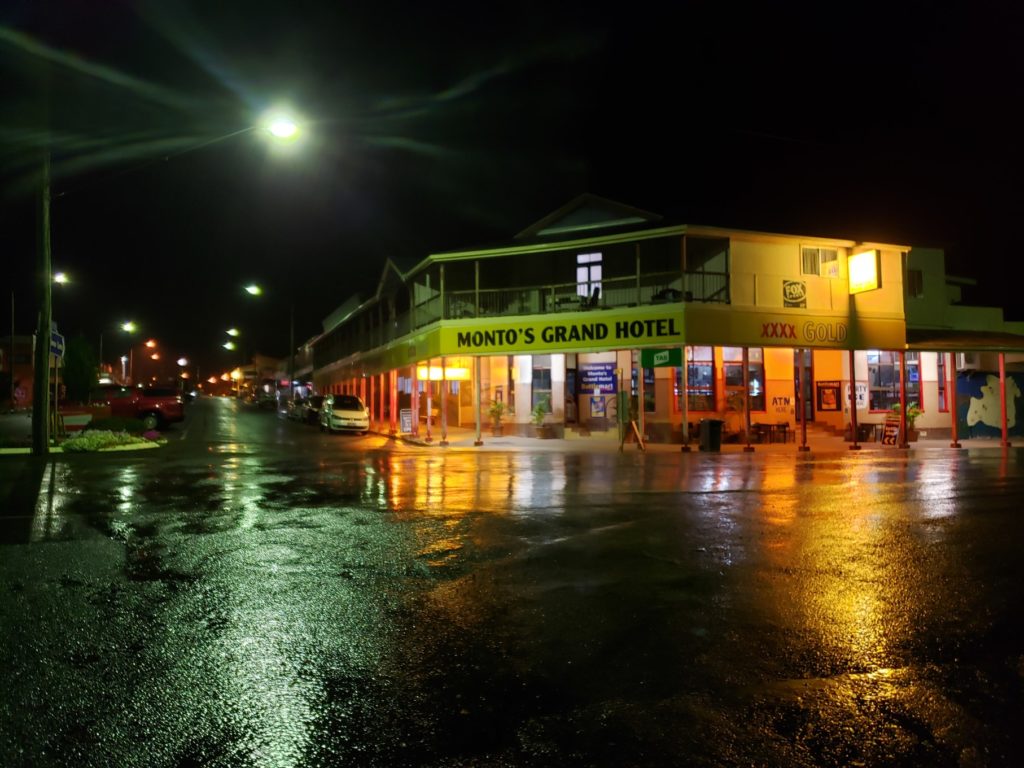

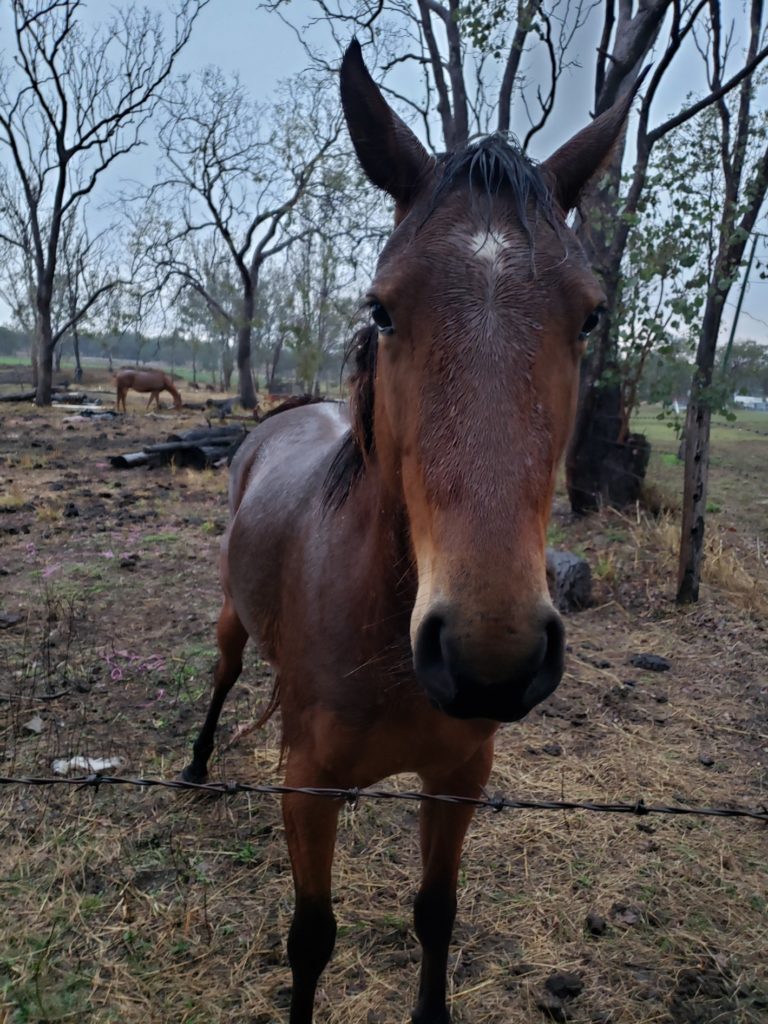
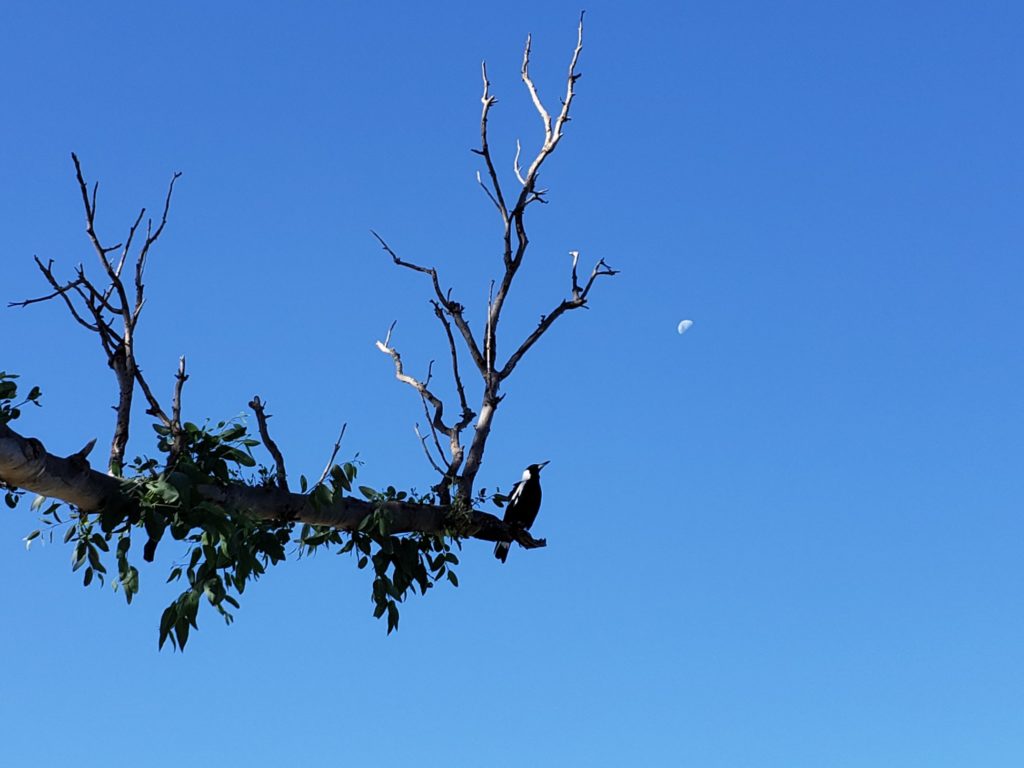
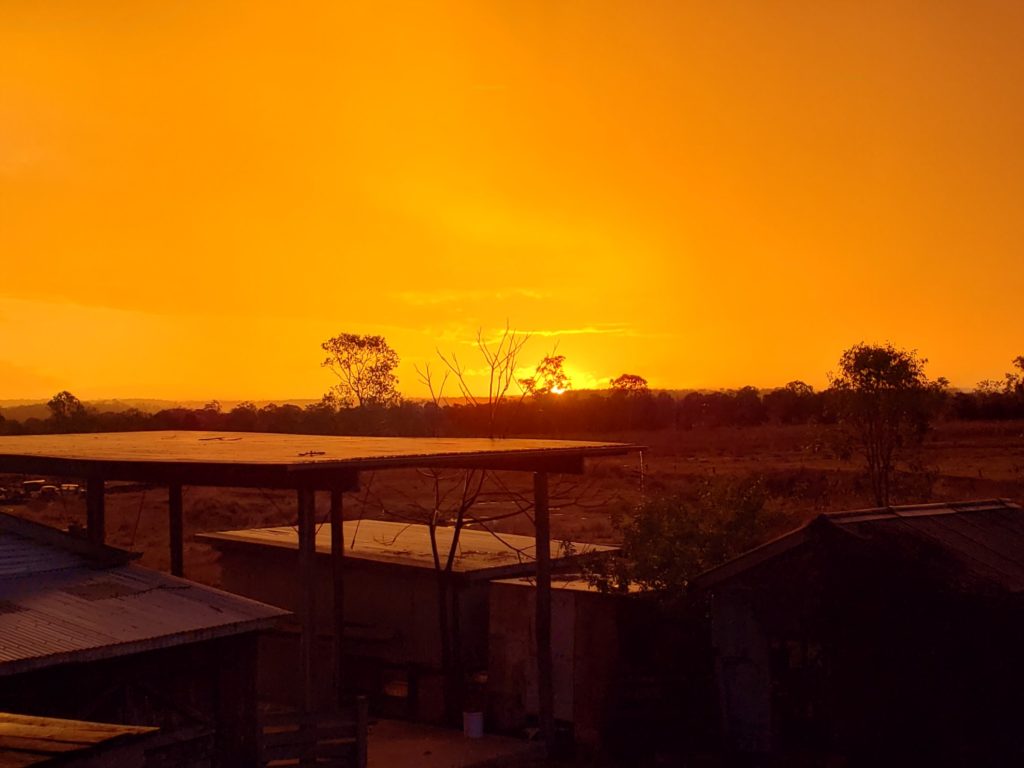
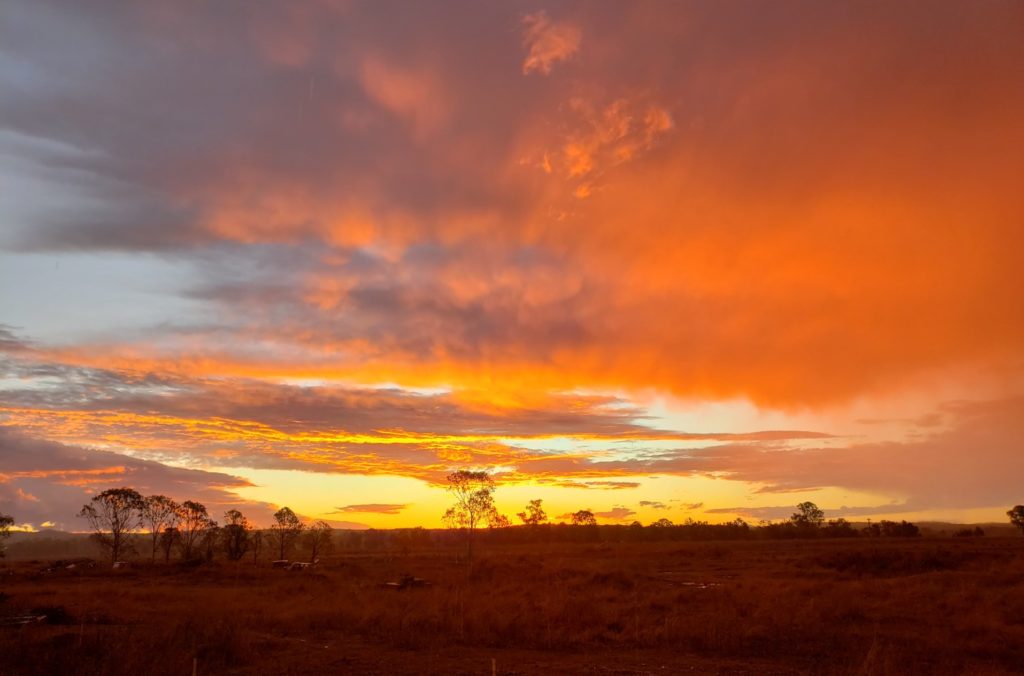

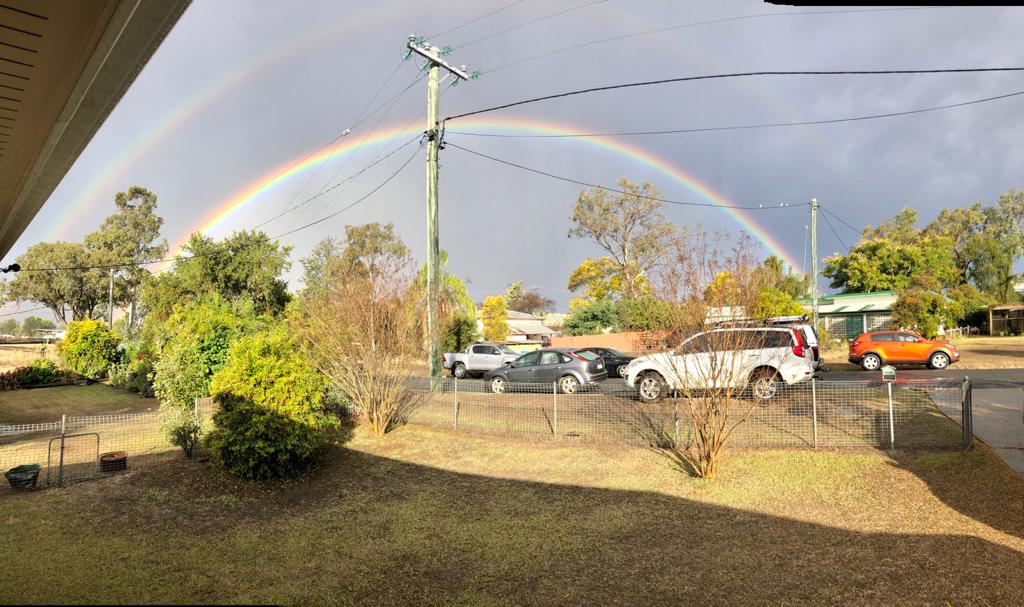

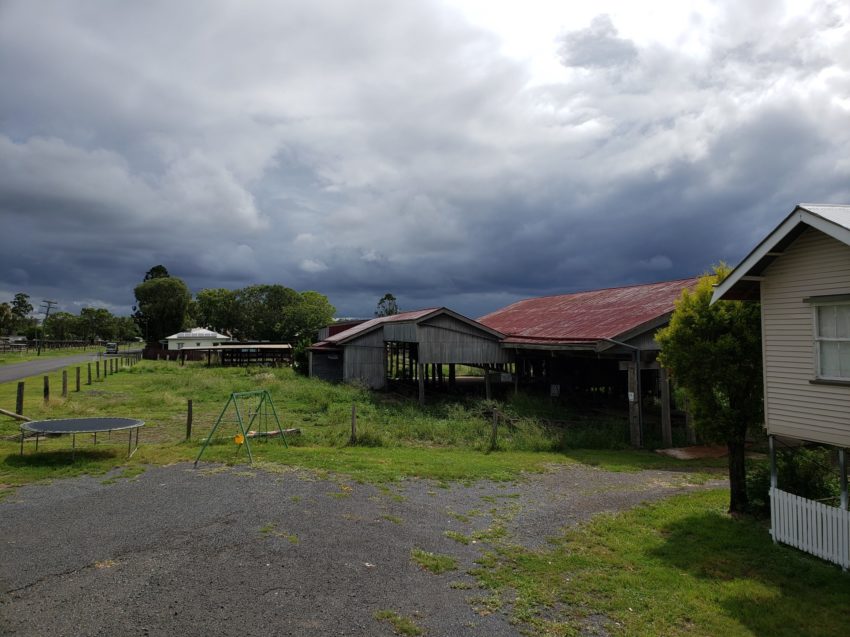
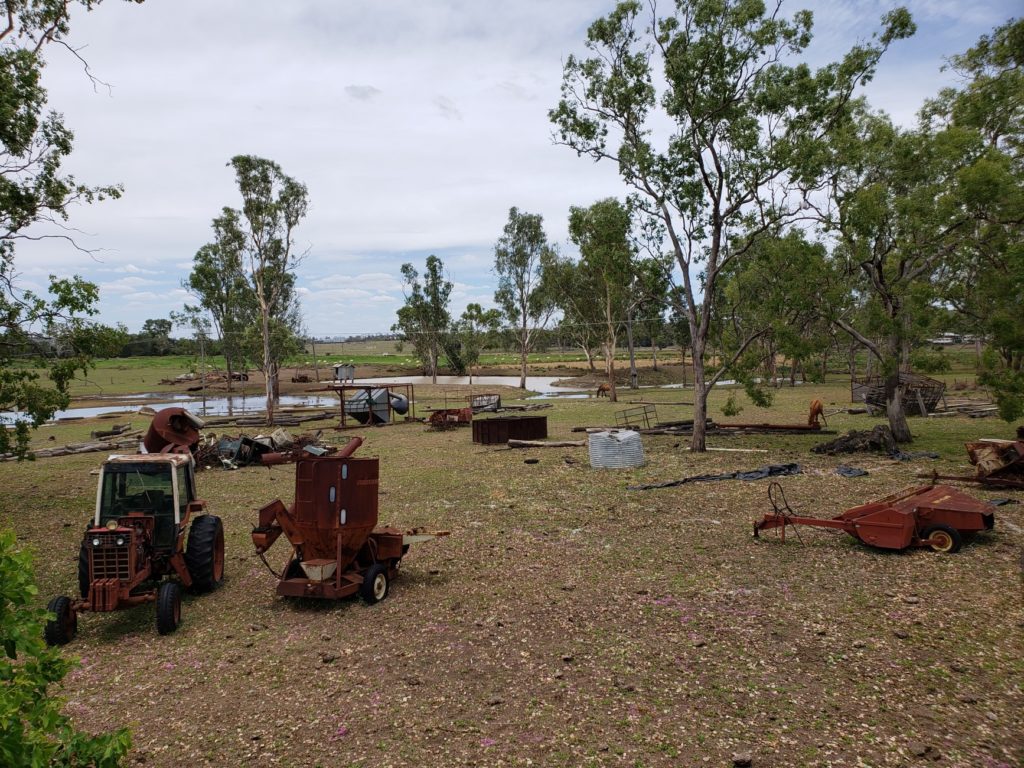
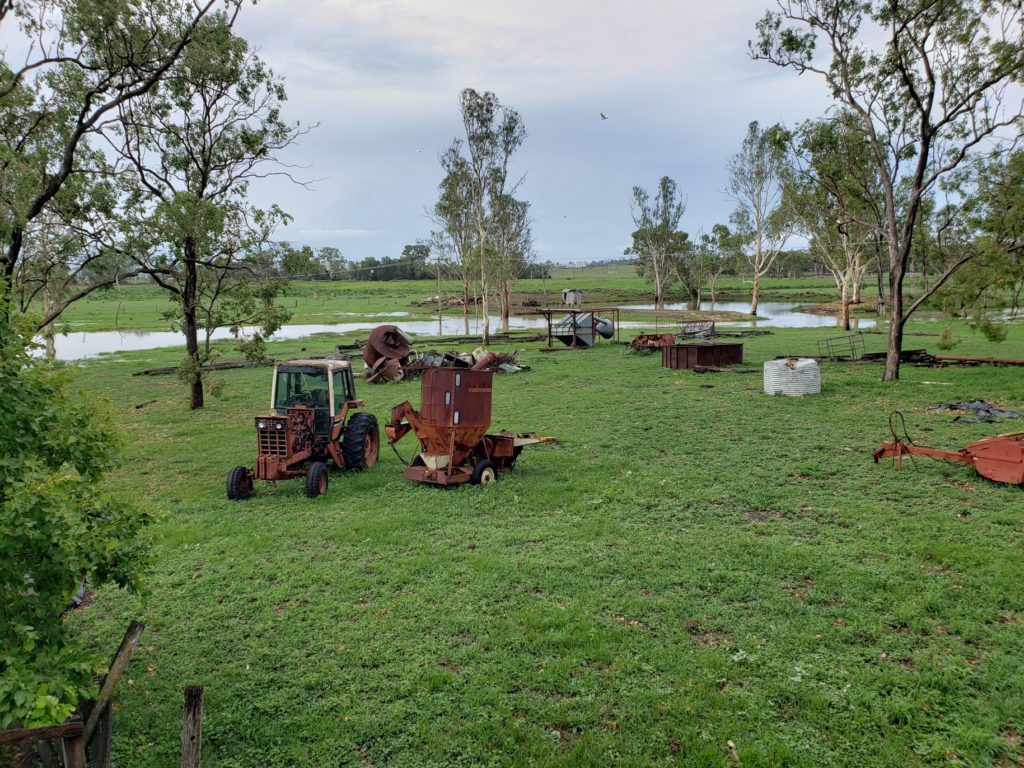
Rainy days are well loved because of the negative ions that’s are given off during a rainstorm. Same thing with a waterfall. They have a positive effect on our bodies which are made up of positive ions. I have no scientific references to back this factoid up just that I read it on Pinterest and it seems correct
Very interesting. Sounds like my method for stating ‘facts’ about Australia: look it up on google and hope it’s right!!